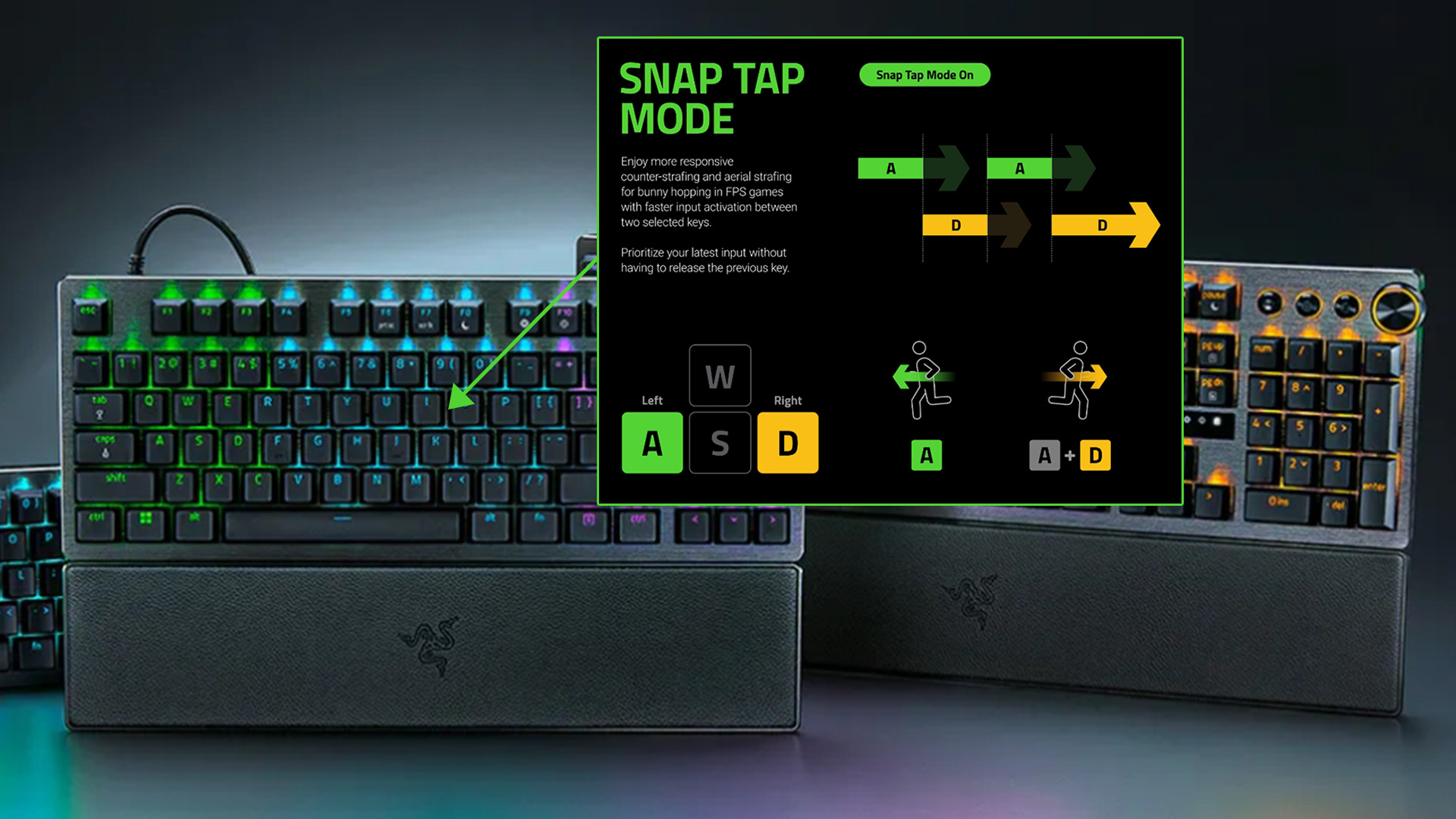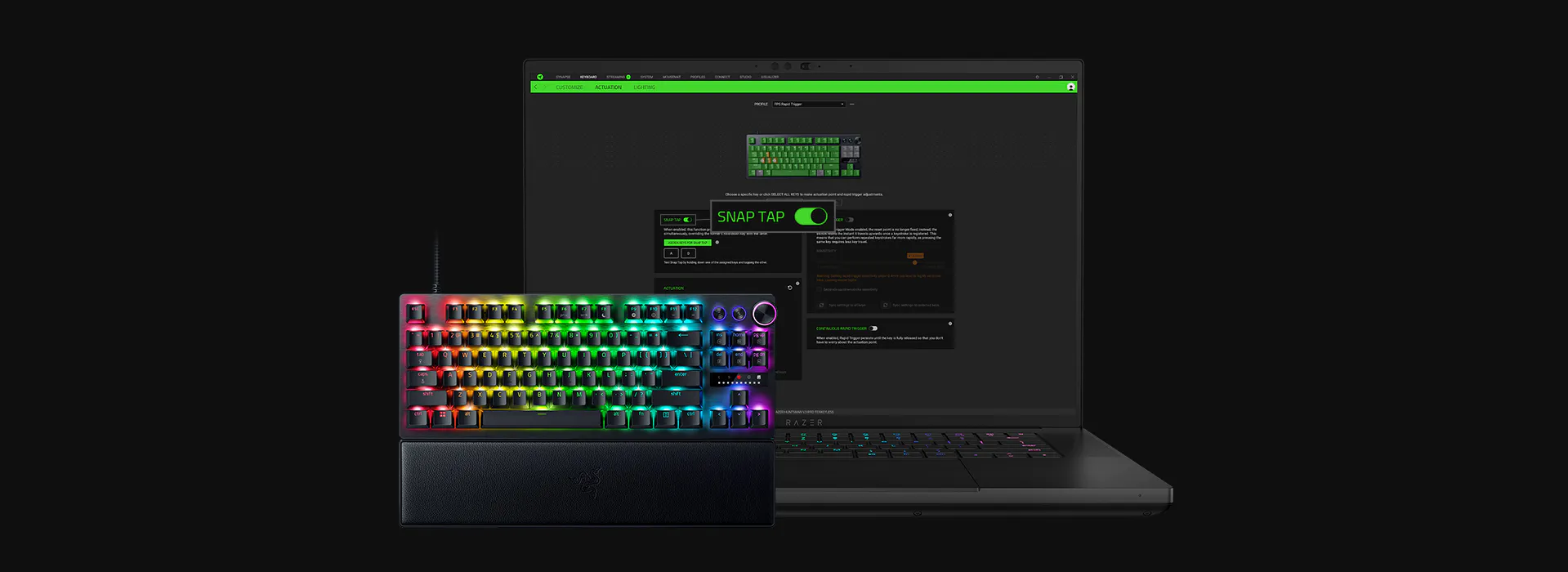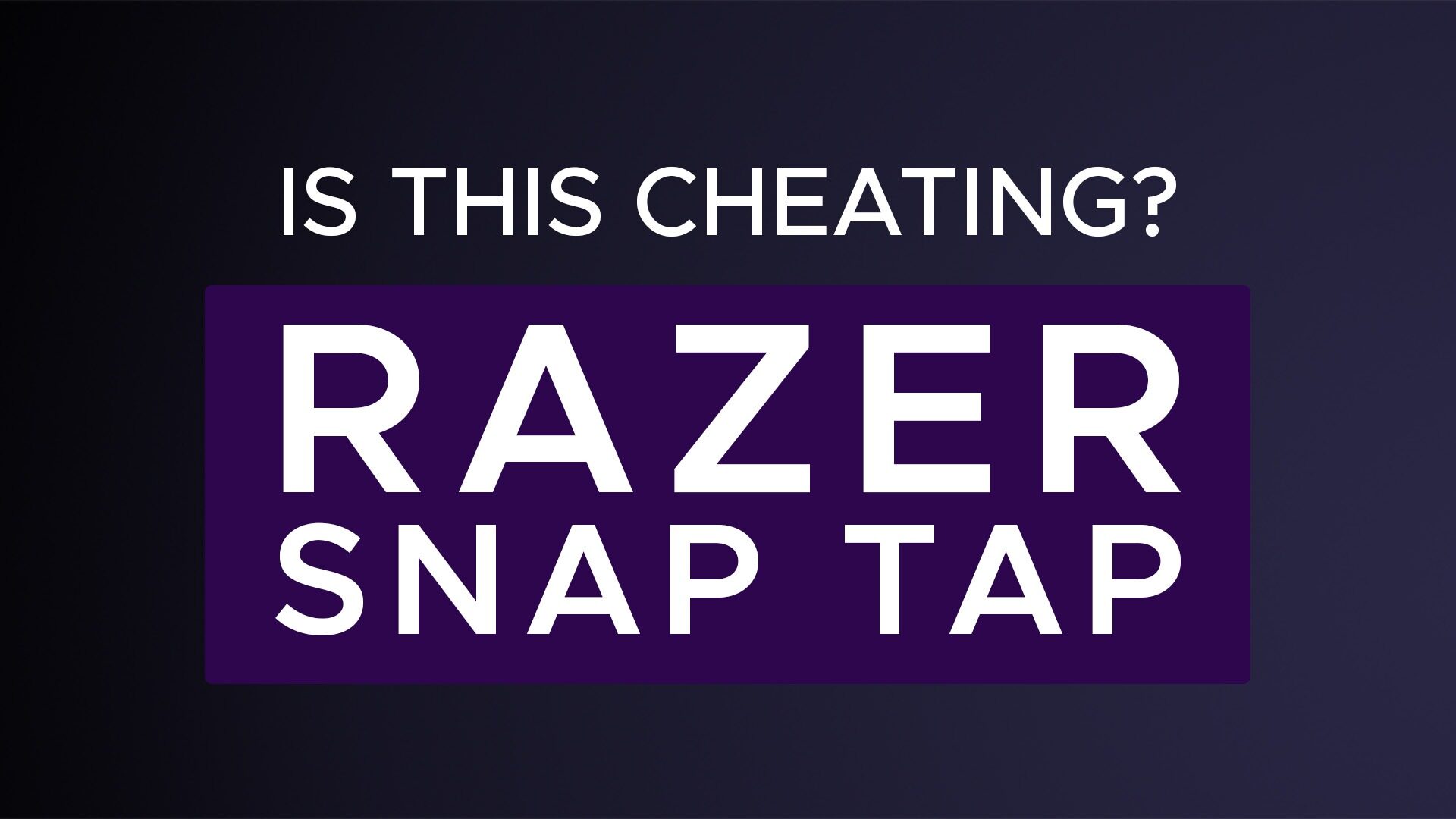Razer has always been at the forefront of gaming peripherals, constantly pushing the boundaries of what’s possible with their innovative products. The latest addition to their arsenal is the Snap Tap feature, a game-changing functionality integrated into the Razer Huntsman V3 Pro line of keyboards. Designed with competitive gamers in mind, Snap Tap promises to revolutionize the way players interact with their keyboards, particularly in fast-paced games like Counter-Strike.
What is Razer Snap Tap?
Snap Tap is an advanced keyboard feature that prioritizes the most recent key press without requiring the player to release a previously pressed key. This functionality allows for instantaneous directional changes, which is especially beneficial in games that demand precise movement, such as Counter-Strike. In essence, Snap Tap eliminates the slight delay that occurs when players switch from one movement key to another, facilitating smoother and quicker transitions.

How Snap Tap Enhances Gameplay in Counter-Strike
Counter-Strike, known for its precision and tactical gameplay, is a prime candidate for Snap Tap’s benefits. In this game, players frequently engage in a technique known as counter-strafing, where they rapidly switch between moving left and right to maintain accuracy while avoiding enemy fire. The ability to quickly stop movement is crucial, as it allows for more accurate shooting. Snap Tap enhances this technique by ensuring that the player’s inputs are registered as quickly as possible, providing a more responsive and fluid control scheme.
With Snap Tap, players can achieve more consistent and reliable counter-strafing, potentially shaving off crucial milliseconds from their reaction times. This can be the difference between landing a critical headshot and missing the target entirely. The feature’s impact is particularly noticeable in high-stakes situations, where every split second counts.

The Debate: A Competitive Edge or Unfair Advantage?
While Snap Tap offers clear advantages in terms of gameplay fluidity and responsiveness, it has sparked a debate within the gaming community about its implications for competitive fairness. On one hand, Snap Tap could be seen as a natural evolution of gaming technology, offering players the tools to enhance their performance. On the other hand, it raises questions about whether it provides an unfair advantage to those who can afford the latest hardware.
The concern lies in the fact that Snap Tap effectively reduces the skill gap associated with precise movements. In traditional setups, mastering counter-strafing requires practice and finesse. By automating the prioritization of key presses, Snap Tap may diminish the need for this skill, making it easier for less experienced players to compete at higher levels. This could potentially undermine the competitive integrity of the game, as hardware rather than player skill could become a significant determinant of success.
Moreover, the accessibility of such technology can become a contentious issue. Not all players may have access to the latest Razer keyboards, leading to disparities in competitive environments. This raises ethical questions about whether such features should be regulated or even banned in professional settings to ensure a level playing field.
Conclusion
Razer Snap Tap is a groundbreaking feature that exemplifies the continuous advancement of gaming technology. In games like Counter-Strike, it offers tangible benefits by enhancing player responsiveness and control. However, its introduction also highlights the ongoing tension between technological innovation and competitive fairness. As the gaming industry continues to evolve, finding a balance between these factors will be crucial to maintaining the integrity of competitive esports.
Ultimately, whether Snap Tap is viewed as a valuable tool or an unfair advantage will depend on the community’s collective stance and the policies implemented by tournament organizers. As with any new technology, its adoption and regulation will likely shape the future of competitive gaming.



